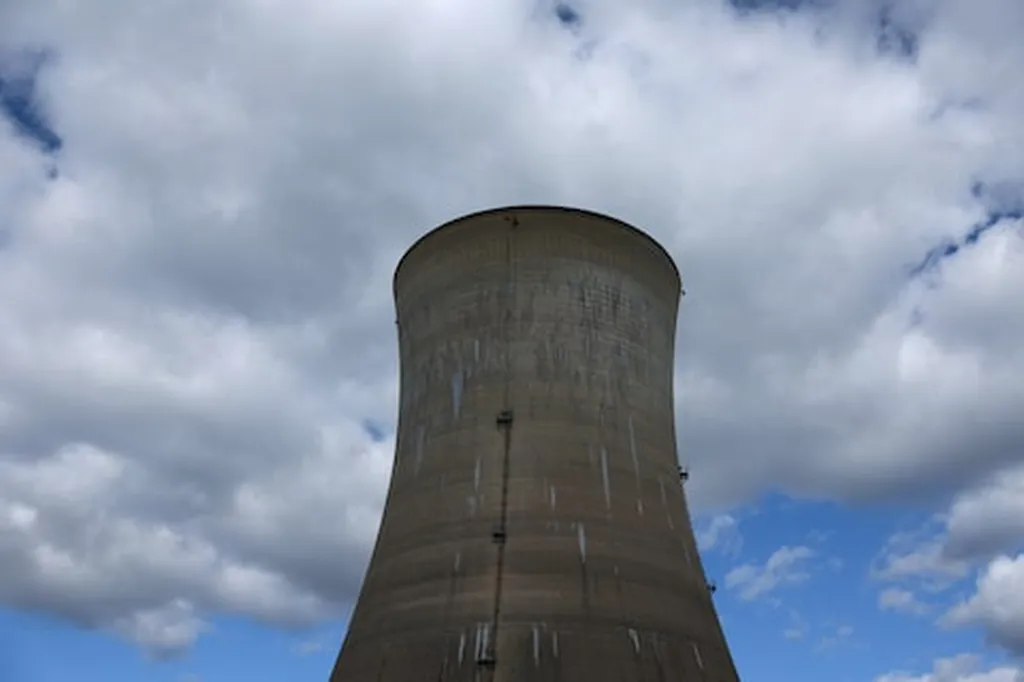The Republican legislative package, dubbed the “big, beautiful bill,” has cleared Congress and is en route to President Donald Trump’s desk for an expected signing ceremony on Independence Day. The bill’s journey through Congress has been marked by significant additions, removals, and refinements of energy provisions, setting the stage for a potential recalibration of U.S. energy policy.
The bill’s passage marks a pivotal moment, initiating a dialogue about prioritizing energy security, reliability, and domestic capacity. As artificial intelligence-driven electricity demand threatens to surge, the legislation underscores the urgency to bolster U.S. generation with dependable resources like natural gas, nuclear, and geothermal. Notably, nuclear energy is cemented as a foundational element in the nation’s future energy mix, reflecting a strategic shift towards long-term physical and industrial resilience.
The legislation also includes provisions to limit the use of Chinese-manufactured components in the U.S. grid, addressing concerns over foreign influence in critical energy systems. However, experts caution that the bill is merely a starting point. Congress still faces unfinished work, chiefly permitting reform, to support the build-out of transmission, advanced nuclear, gas infrastructure, and geothermal projects.
Critics argue that the bill may undermine the Trump administration’s goal of energy dominance. By cutting short tax preferences enshrined in the Inflation Reduction Act, the bill creates uncertainty for investors and wastes billions in commitments made for hydrogen, carbon capture, battery, wind, and solar investments. This could cede the future of these industries to China, undermining U.S. technological influence and raising the cost of electricity for industry and consumers alike.
The bill’s impact on markets could be profound. While it sets a foundation for U.S. energy leadership, its success hinges on Congress’s ability to deploy the selected tools at the speed and scale required. For those left outside the immediate strategy, particularly solar and wind proponents, new opportunities to shape the country’s energy future are assured. The real test is not whether the United States has selected the right tools, but whether it can deploy them effectively in a decade likely to be defined by soaring digital power demand and strategic competition with China.
The bill’s provisions on limiting Chinese components and promoting domestic energy production could spur investment in U.S. manufacturing and infrastructure. However, the uncertainty created by the bill’s changes to tax preferences and the potential increase in the national debt could drive up interest rates and raise the cost of borrowing for all forms of energy and associated infrastructure. This could slow down the very projects the bill aims to expedite, ultimately raising the cost of electricity for both industry and consumers.
In the short term, the bill may drive up demand for gas turbines and increase the cost of gas-fired generation, as renewables with grid-scale battery storage become the cheapest and fastest power sources available. In the long term, the bill’s focus on nuclear and other dispatchable resources could reshape the energy landscape, encouraging investment in new technologies and infrastructure.
The bill’s impact on the broader economy is also a consideration. The three-trillion-dollar increase to the national debt could have ripple effects, potentially driving up interest rates and raising the cost of borrowing across the board. This could slow down economic growth and investment, ultimately affecting the energy sector’s ability to innovate and expand.
In conclusion, the “big, beautiful bill” sets a foundation for U.S. energy policy, but its success depends on Congress’s ability to follow through on permitting reform and other unfinished work. The bill’s provisions could reshape energy markets, spur investment in domestic manufacturing, and raise the cost of electricity. However, the uncertainty created by the bill’s changes to tax preferences and the potential increase in the national debt could slow down economic growth and investment, ultimately affecting the energy sector’s ability to innovate and expand. The bill’s impact on the energy sector and the broader economy will be watched closely in the coming months and years.

